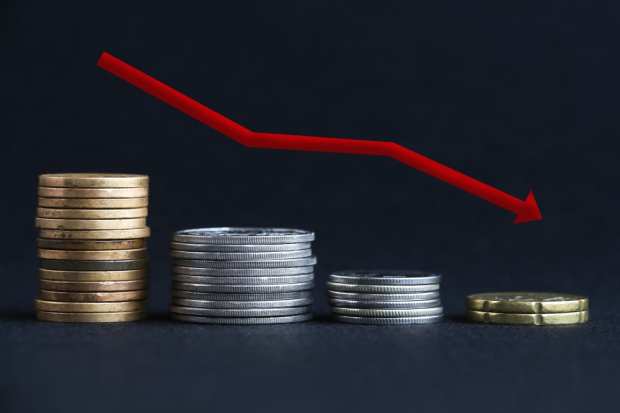Tradeshift B2B Global Trade Transaction Volume Plummets

A dramatic decline in B2B transactions globally has leaders considering how to move forward, according to data from Tradeshift announced in a press release.
The decline in B2B payments was around 62 percent worldwide in the past week due to the coronavirus pandemic, which has destabilized the world economy and caused many businesses to have to temporarily close.
Tradeshift, which handles trade transactions for 1.5 million businesses in 190 countries, has data showing cross-border transactions slowing down by 58 percent since last week. Meanwhile, domestic transactions have dropped 66 percent since that time.
The slowdown has had a particular effect on liquidity, with many large companies struggling to find ways to maintain existing cash reserves or build on them. Tradeshift, according to a press release, has been working with those companies to disburse advice on the matter, hoping to get the supply side working again.
Tradeshift CEO Christian Lanng said the main topic of conversation with other businesses had been cash flow, with every company trying to assess their funds to calculate how to make it through the instability the virus has caused. Lanng said the businesses were aware of the similar challenges on the supply side with liquidity, though, and that everyone knew if cash dried up, small businesses would be in dire trouble.
“Get it wrong, and the whole house of cards could come down,” Lanng said, according to the release.
Lanng said larger businesses had seen the importance of helping the supply chain stay afloat, and governments had begun implementing solutions to funnel cash into the languishing economy. But he said they had to stay vigilant — there was $1.5 trillion in liquidity lying dormant due to outdated processes, which should be looked at going forward, he said.
The current situation with declining payments mirrors the one in China from the height of the virus’ outbreak there. During that time, analysts measured the fall of activity there at around 56 percent from before the outbreak began.